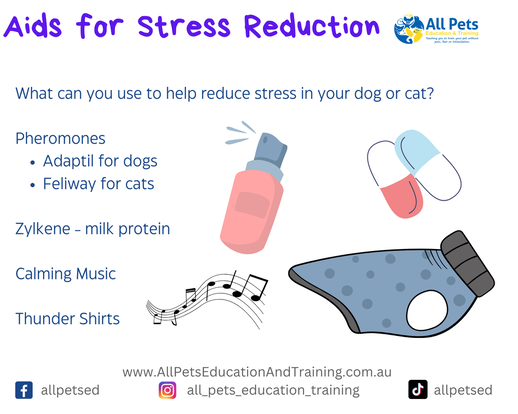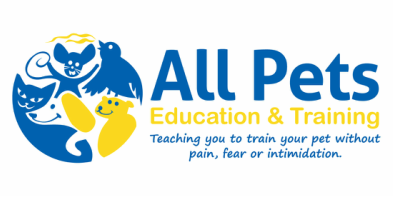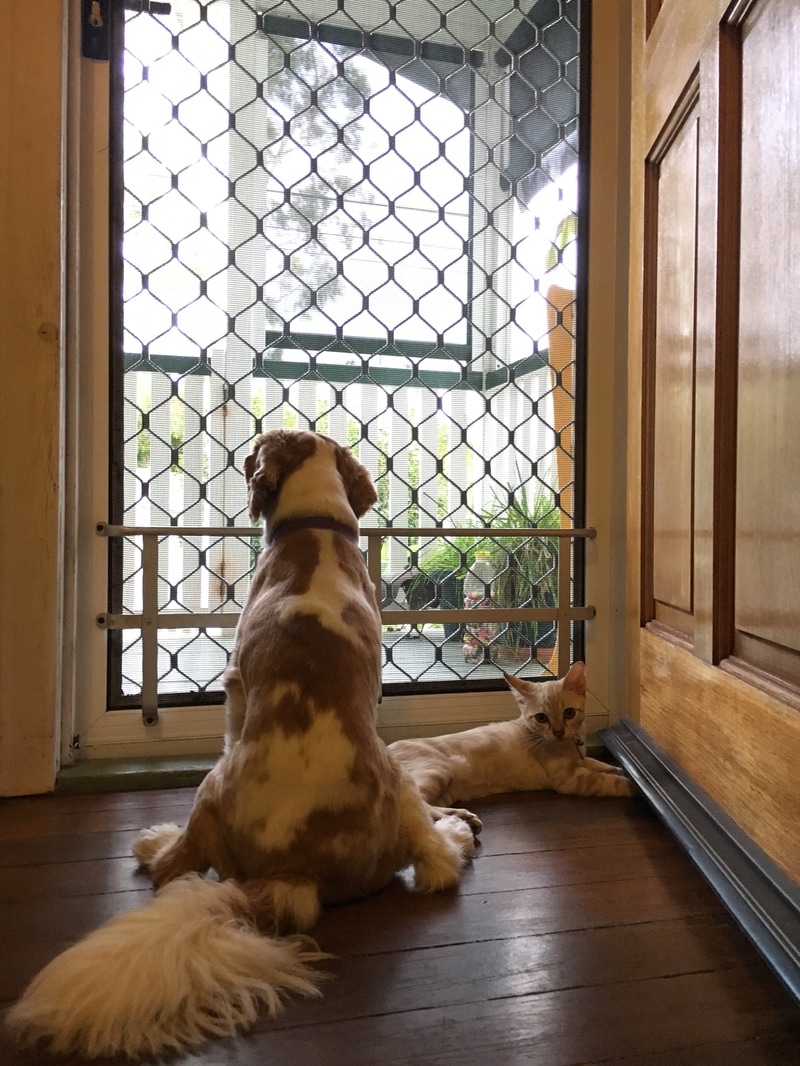Separation Distress
Takes time and patience to work through - do not rush it
We Go Slow To Go Fast
Updated June 2022

As a professional dog trainer, we are unable to make a diagnosis of Separation Anxiety – however, we may recommend you consult a veterinarian or veterinary behaviourist.
The term Separation Distress is often used to describe any problem behaviour that arises in the owner’s absence. This is often purely descriptive in that it describes what happens rather than identifying the specific cause.
It is often useful if you the owner, can video the behavior of the pet when left. This helps to identify both the cause and the emotional state of the pet accurately.
Some reasons that an animal may not cope when left alone include
Over dependence upon an owner for emotional support
- Treatment must focus on creating a more emotionally stable and independent dog.
The dog may have experienced a fear-provoking incident or even (an example may be a thunderstorm) that initially occurred when the owner wasn’t present
- The owners departure (and isolation) now comes to predict the possibility of further scary events (whether they occur or not)
It may also relate to the stress of confinement or barrier frustration.
- Attempts to escape rather than to regain owner’s company
Whatever the cause, behaviour modification is usually required for long-term resolution of the problem.
- Creating a safe home alone space - somewhere the dog prefers to spend time - when you are home.
- Are you putting them in a locked crate, the bathroom or laundry when you leave, when this is not a place they enjoy being? If this is the case, it really is not likely to end well.
- Make sure their basic needs are met
- good quality food
- they are in good health
- exercise (minimum of 30-60 minutes per day). The exercise doesn't have to be an out door walk if your dog finds this stressful, you can play at home etc.
- mental stimulation - training and enrichment feeding
- Set up the environment for success - for the dogs that like to look out windows but can't settle - obstruct their view outside - use frosted film on the windows - Bunnings in Aus, sells this product.
- Teaching the dog to relax and use their safe space
- Gradual desensitisation to alone time
- Confidence building exercises
- Don't leave them until they are ready.
Some, actually I believe the majority of patients will benefit from the use of behaviour medications – you will need to consult with your veterinarian regarding these.
Pheromones may also help. Adaptil (Dog Appeasing Pheromone) is available as a collar, spray or plug in diffuser. Feliway (Feline Facial Pheromone) is available as a spray and plug in diffuser.
Zylkene - a natural product that can have a calming effect. However unless mild cases, this in itself is unlikely to be the be all and end all.
Pet Ark Calm - supplement that contains Tryptophan - this is the precursor needed for brain health. If your dog is taking other supplements or medications that also increase serotonin, please discuss with your veterinarian before using this product.
Probiotics - between 70 and 95% of serotonin is produced in the gut. Therefore, it stands to reason, that an imbalance in gastro intestinal microflora can also affect brain health.
If your pet is at risk of or has hurt himself than a consultation with a veterinary behaviourist is highly recommended.
If you cannot prevent your dog going over threshold, you can try providing environmental enrichment including long lasting chew toys and food dispensing toys when left alone, when you arrrive home and also when you are home and not leaving (otherwise the toy may become the predictor of your absence).
I also don't add in food for absences until your dog is calm for at least 20 minute departures. We don't want to rely on the food toys as distractions, as when they finish using them, they are likely to panic.
Praise and attention should be given when the dog is calm, relaxed or chewing appropriately, rather than when they are overtly attention seeking.
Some of the protocol below is from the BSAVA manual of canine and feline behavioural medicine.
Change how you interact with your dog
Teach Calmness
- Train your dog to go to a location (mat, bed or crate) - not locked in crate, but this area should be in their safe space.
- Teach him or her to settle and relax
- Use changes in respiratory rate to judge this (decrease), body posture (relaxed and comfortable – usually on one hip or side) and facial expression (relaxed ears, soft or closed eyes, relaxed mouth)
- Check our the deference page - it teaches calmness and can also teach to take a deep breath on cue
Diminish distress on routine departures
- Begin by setting up the safe home alone space - make sure your dogs favorite bed/mat or crate is available for them.
- Start a desensitisation protocol - list your plans for the sessions and call these missions. Be prepared to adapt these as you go along
- Include less than 10 steps in your mission.
- Use devices to monitor your departures - creating a zoom meeting can be helpful - you can use a few devices at home, and monitor on your phone as you leave.
- Have a timer available so that you can record the departure lengths. Document everything.
- Wait until the dog is relaxed - you should be boring. Scrolling social media, reading a book etc.
- When the dog is relaxed, get up and do one step after the other.
- There should be 30-90 seconds between each step.
Example steps for the Door is a bore game:
- moving toward your exit door, and returning
- moving to the exit door, touching the handle and returning
- moving toward the exit door, and returning
- moving toward the exit door, picking up wallet/bag/purse, returning wallet/bag/purse and returning
- moving toward the exit door, opening the door, stepping outside, stepping inside, closing the door and returning
- moving toward the exit door, and returning
- moving toward the exit door, touching the handle and returning
- moving toward the exit door, opening the door, closing the door and returning
- moving toward the exit door, opening the door, stepping outside, closing the door, waiting a few minutes, opening the door, stepping inside, closing the door, and returning
- Continue building on this pattern until you are able to get in the car, open the front gate, take the lift etc, and gradually build up duration of departure.
Or based on time of departures (leave and observe for stress signs over your camera). It is ok if your dog lifts his head, looks around, and moves about a little. We don't want to see signs of stress such as panting, drooling, lip licking, pinned ears, pacing, whining, barking, scratching at doors/windows, or destruction.
Say you are aiming for a 5 minute target currently (between each warm up - make sure to have your 30-90 seconds rest)
- leave for 15 seconds
- leave for 5 seconds
- leave for 30 seconds
- leave for 15 seconds
- leave for 10 seconds
- leave for 20 seconds
- leave for 60 seconds
- leave for 5 seconds
- leave for 5 minutes (target)
- So remember - Work through the steps gradually and not increasing all the way through - there should be some easier ones in between. But aim to finish on the hardest step in that mission.
- If your dog gets up and follows, that is ok, as long as they are not over threshold and showing other signs of stress. However what we are aiming for is a dog that waits patiently in their safe space and watches as you leave.
- Only complete this 5-6 times per week and ensure your dog has 1-2 couch days.
- As mentioned before, I don't add food toys in until the dog is comfortable with a 20 minute departure.
- When and if you do leave your dog with enrichment - choose things that promote calm and not frustration - make sure he has lots of practice with this when you are home too - so they are not the predictor that you are always leaving. Only leave with toys, bones or chews etc, that you know your dog is safe with and you have previously trialed when you are home.
- Keep noise levels constant at home. If your house is always noisy when you are there, keep it noisy when you aren't. If your house is quiet when you are home, adding the noise of a TV or radio etc, may actually increase the stress.
- Do not make a fuss of your dog prior to your departure or on your return, but do not ignore them either - gentle and casual departures and greetings. If you left your dog with enrichment, give enrichment again when you return.
Behaviours to watch for and avoid during this exercise are
- Increase in distress as the trigger is presented.
- Inability to settle in between presentations.
- Your dog following and watching you continually - we expect this in the early stages, but we want the whole process to become boring and your dog to eventually choose to settle.
Other things you can build in
Teach your dog to chill in the desired area. Initially with you in their with them - engaged in your computer, watching TV, or reading a book - so with them, but not engaging them. Reward and praise them for relaxing, next reward them for not getting up and following you when you move around in proximity.
Look at Kiko Pup and "Capturing calmness"
If a single dog household, the bed etc area you choose, can also randomly grow treats when you are not home. Build a little magic in to the area. However, don't do this in multiple dog households.
Confidence Building Games
- use puzzles - commercial puzzles, rolled towels, cardboard boxes with scrunched paper, noise boxes etc
- play shaping games
- train tricks/husbandry
- scent work
- basic agility games - walking on and over "different" object, through tunnels etc (all of these should be at their own pace)
Planned training departures
Ideally, we train separation anxiety while never leaving the dog alone. This could mean that you need pet sitters, change of family routine etc, however, it is not always possible.
If you are unable to do this, I suggest you use a new safety signal, and only use this signal on planned departures, never on routine departures such as leaving for work/school. However be aware, that when the dog has to manage these real departures and is over threshold the separation distress training will take longer and may not be as successful.
Initial departures must be very short (seconds up to 1 minute) as we mentioned above.
Keep interactions low key with your dog for 15 minutes prior to departure, but don't ignore them. A few long slow pats prior to departure may help. Avoid high arousal games, rough play etc. Remember gentle and casual interactions.
Just before leaving use the new signal (could be music, a certain item etc) - I use classical music and particular portable speaker.
Return within the designated time; do not be tempted to stay away longer.
When you return home, again talk to your dog and acknowledge them, but remain low key and casual.
Only increase the length of absence if no pre-departure anxiety is seen and no over excitement or anxiety on return is evident
Only repeat the planned training departures when the dog is calm.
Initial progress will probably be slow and will take time before the dog can be left for longer periods of time.
The dog must be calm both when you depart and when you return for this training to be successful.
Technology is also your friend - use apps, cameras etc to monitor your dog. Record and document everything so you know if things are improving or not.
I use an app available only on iOS called Bark'n mad. It monitors audio and presents it in an easy to read graph when you return. I also use and recommend monitoring from a distance using IP cameras. Mine are dLink and Ring Stick Up camera brands.
Reference list and helpful books that you may wish to invest in.
DeMartini-Price, M. and Phairas, G. (n.d.). Treating separation anxiety in dogs. 1st ed.
Handelman, B., 2008. Canine behavior. 1st ed. Norwich, VT: Woof and Word Press.
Hechenleiter, M., 2020. Solving Separation Anxiety Following Four Principles.
Horwitz, D. and Mills, D., 2009. BSAVA manual of canine and feline behavioural medicine. 1st ed. Quedgeley, Gloucester [England]: British Small Animal Veterinary Association
Jacobs, D. (n.d.). Does my dog need Prozac?. 1st ed.
Tucker, N., 2020. Treating Separation Anxiety
O'Heare, J. (2002). The canine separation anxiety workbook. 1st ed. Ottawa: Gentle Solutions.
Overall, K., 2013. Manual of clinical behavioral medicine for dogs and cats. 1st ed. St. Louis, MO: Elsevier
Wilde, N. (n.d.). Don't leave me!. 1st ed.

